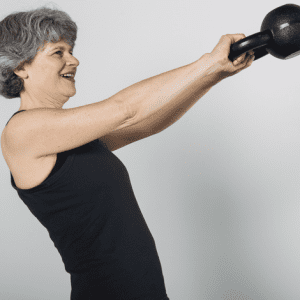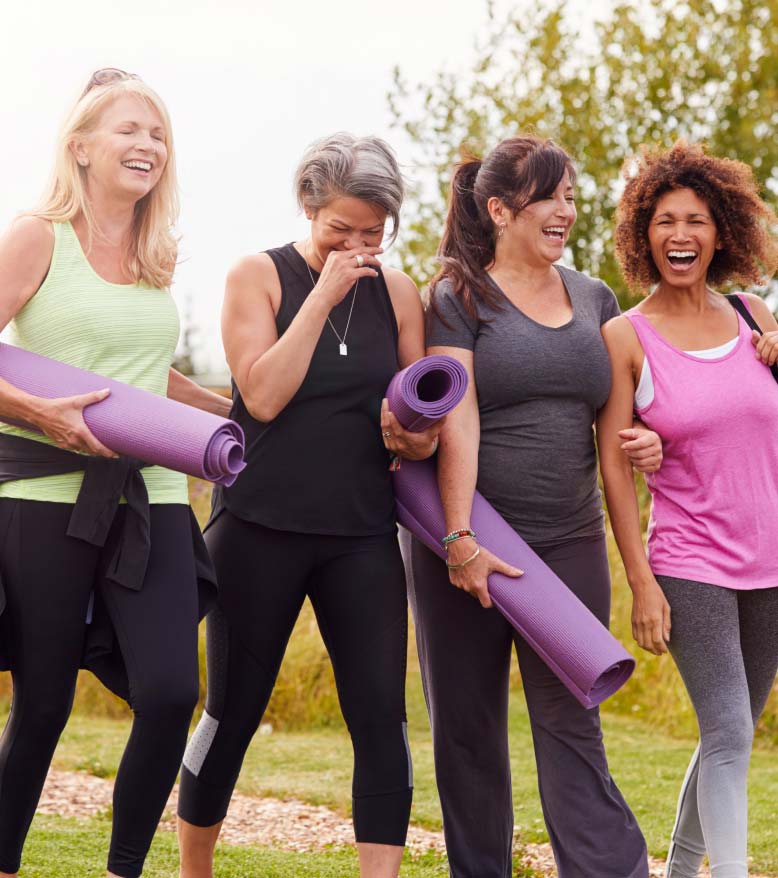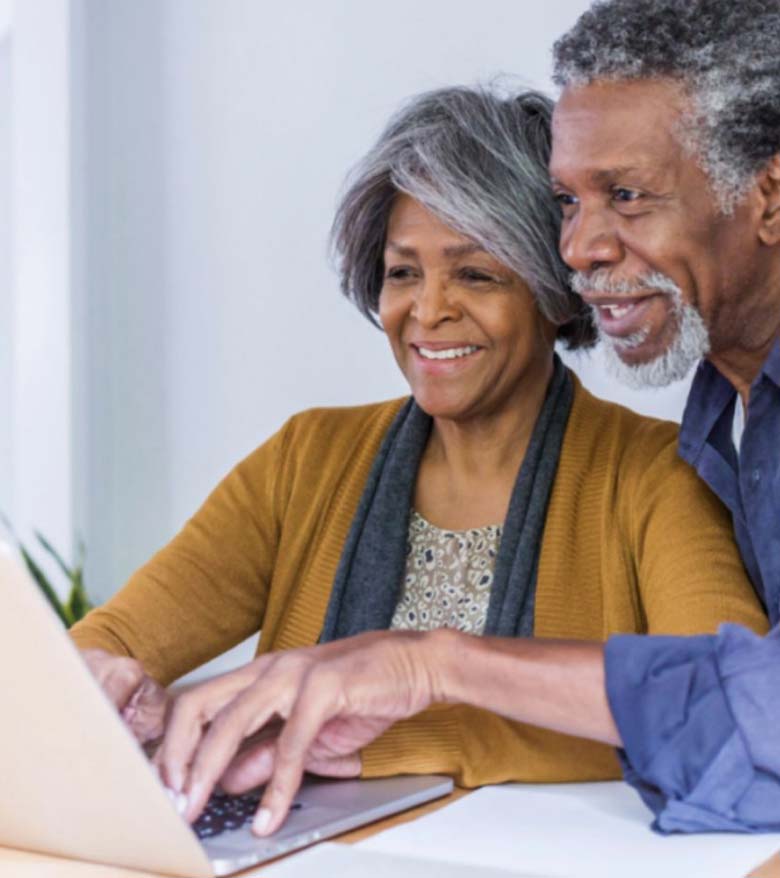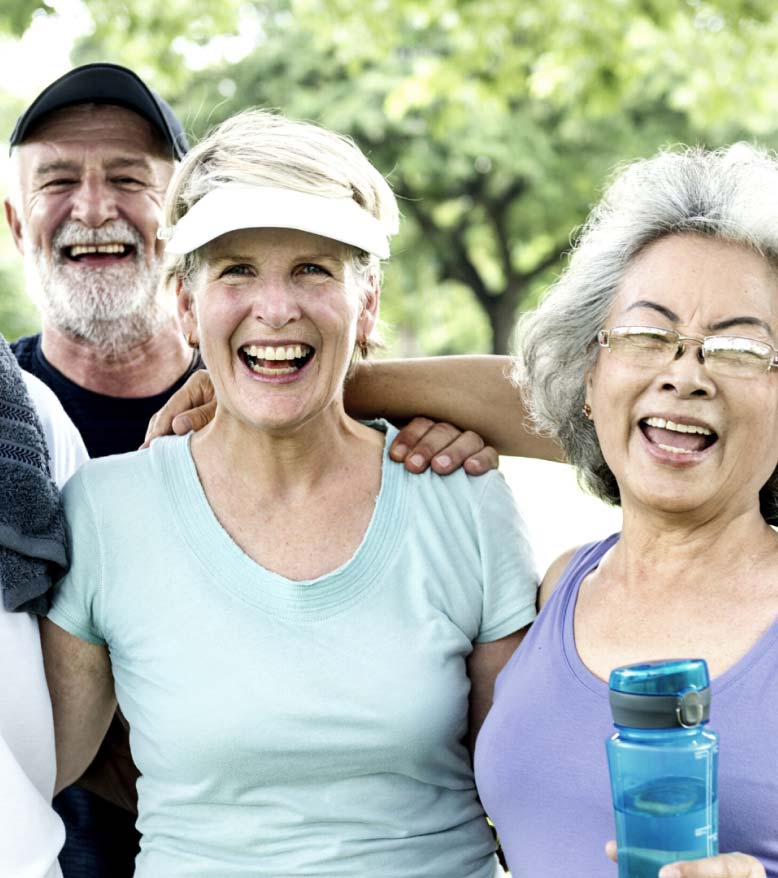Move Forward: Exercise Is Essential For Your Future Health

Move Forward: Exercise Is Essential For Your Future Health
October 1, 2025
No doubt you’re well aware that exercise is an essential aspect of staying healthy and functional as you get older. Of course, knowing that fact and acting upon it are two different matters. If your body doesn’t act upon what your brain knows to be true, then despite your knowledge base, you’re likely to lose your strength, your functional capabilities, and ultimately your autonomy as you get on in years. There’s just no dispute at this point that a lack of regular physical movement can pose an existential threat to the quality of your life- and your health- as an older adult. Does that mean that, regardless of your history, you need to turn into a world-class athlete to enjoy life as an older adult? Absolutely not (though there is plenty to learn from older, competitive athletes). And if you’ve primarily lived your life on the couch up until now, it’s still not too late to get yourself on a better path. But one way or another, there’s no getting around the necessity to be physically active in your later years.
A recent post in New Scientist reports that lack of physical activity is linked to at least 3.9 million premature deaths around the world each year, along with substantially increasing the burden of chronic illness. More than just meeting the basic recommendations of 150 minutes of moderate intensity physical activity each week, plus (at least) an additional two sessions of strength training each week, experts suggest that older adults focus on muscle strength and power (the ability to quickly and explosively move your body). That ability to quickly move and respond when needed will get you out of a chair and recover your balance if you begin to fall. What kind of exercise will help with power moves? Resistance bands will help, and some fast squats, using your own body weight, should allow you to build the strength to power through. Planks are also considered a valuable method to build core muscle (for some inspiration, you may want to check out 85-year-old Erika Rischko, who works on her weight training and functional training, along with pilates, yoga, and spinning, 10-12 hours a week).
More broadly, older adults who have realized the joy and pleasure of physical activity (and become competitive athletes in the process) offer something for all of us to learn. National Geographic recently profiled many such older athletes who, by their strength, cardiovascular fitness, and persistence, have altered what aging can look like. Whether they are biking, running, swimming, or weight lifting (both men and women), these senior athletes are helping to improve their heart health, lower their risk of cancer, reduce their risk for dementia, and improve their bone density. And speaking of cancer, we previously highlighted research showing the value of exercise in reducing the recurrence of colon cancer and even lowering the risk of death. Now, a newly published study reveals that even a single intense session of exercise (the more intense, the better) can combat cancer at the cellular level. According to this study, among a group of women who survived breast cancer, after a session of interval training, their bloodwork showed higher levels of a cancer-fighting molecule, supporting the hypothesis that exercise can lower the rates of cancer recurrence and support better survival rates. As one expert proclaimed, “Exercise is increasingly being recognized as a first-line treatment in its own right for people with cancer.” For more information on the link between exercise and cancer, position yourself on your mat and explore this topic here.
And if you’re just getting off the couch for the first time in a while? How to cautiously but effectively build up your strength and endurance so that exercise becomes part of your routine? The New York Times recently profiled the exercise trend of “Zone Zero” exercise, which means the opposite of intense intervals. Rather, it’s a strategy of low effort movement that barely budges your heart rate but can be helpful with lowering blood pressure or moderating blood sugar for people who spend most of their time sitting. If that sounds like you, then taking slow rambling walks or doing some light housework is better than not, and it may very well be the strategy for getting you on a more active and intense path. For some other suggestions to get yourself going, take a look here. And if you’re beginning a weight training routine, start with light weights but gradually work your way up to heavier ones by purchasing some adjustable weights, as described here.







